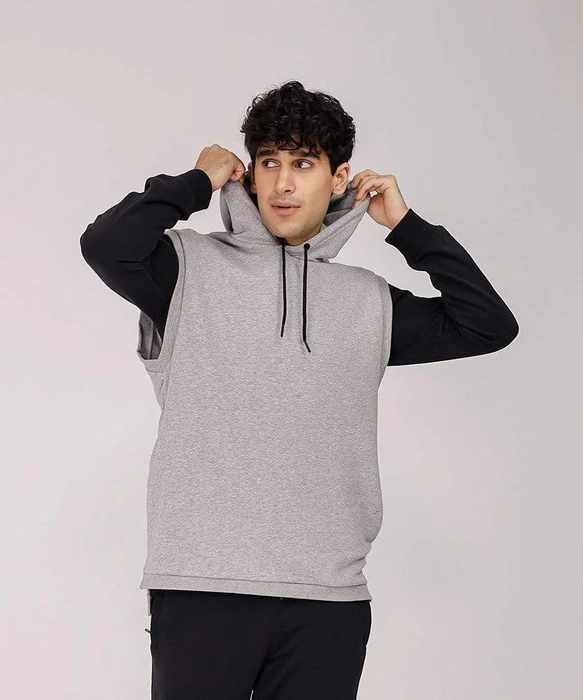Winter clothing possesses several qualities: Material & Features
A tracksuit is a popular form of casual athletic wear that consists of a matching set of garments designed for exercise, sports, or leisure activities. It typically includes a jacket or a zip-up hoodie and a pair of pants, both made from lightweight and comfortable materials. Tracksuits are widely worn by people of all ages and genders for various purposes, ranging from exercising and training to lounging or running errands.
The design of a prada tracksuit is primarily focused on providing comfort, flexibility, and ease of movement. The jacket or hoodie usually features a front zipper, allowing for easy wear and removal. The pants often have an elastic waistband with a drawstring for adjustable fit and flexibility.
Winter clothing possesses several qualities that make it suitable for cold weather conditions. Here are some common qualities of winter clothing:
Insulation: Winter clothing is designed to provide insulation and retain body heat, keeping you warm in cold temperatures. It often incorporates materials such as wool, down feathers, or synthetic fibers like polyester or nylon that trap and retain heat.
Thermal Regulation: Good winter clothing allows for proper thermal regulation, which means it helps maintain a comfortable body temperature by balancing heat retention and moisture management. It should be breathable to prevent overheating and moisture buildup, while still providing warmth.
Wind Resistance: Winter clothing often features wind-resistant materials or additional layers to protect against chilly winds. Windproof outer layers of fabrics with a tight weave help prevent cold air from penetrating through the clothing.
Water Resistance: Winter clothing may have water-resistant or waterproof properties to shield you from snow, sleet, or light rain. This is particularly important for outer layers, like jackets or coats, to keep you dry and maintain warmth.
Layering Capability: Winter clothing is designed to be layered effectively. Layering allows you to adjust your clothing according to changing temperatures and activity levels. It enables you to add or remove layers as needed, providing versatility and adaptability in different winter conditions.
Durability: Winter clothing should be durable to withstand harsh weather conditions, including snow, ice, and abrasion from outdoor activities. High-quality materials and construction techniques enhance the durability and longevity of winter clothing.
Moisture Management: While winter clothing aims to retain heat, it should also wick away moisture effectively. Moisture-wicking fabrics help transport sweat away from the body, preventing dampness and potential chilling effects.
Comfort and Mobility: Winter clothing should offer comfort and allow for ease of movement. Design elements such as stretchable fabrics, adjustable closures, and articulated cuts in key areas ensure that winter clothing doesn’t restrict your mobility.
Protection: Winter clothing often provides additional features for protection against the elements. This can include features like hoods, storm flaps, adjustable cuffs, and high collars to shield your head, neck, and extremities from cold, wind, and snow.
Style: Lastly, winter clothing is available in various styles and designs, allowing you to express your personal fashion preferences while staying warm and comfortable.
Keep in mind that specific winter clothing items may have additional qualities tailored for specific activities or extreme weather conditions. It’s important to choose the right combination of clothing layers based on your needs and the expected winter climate.







